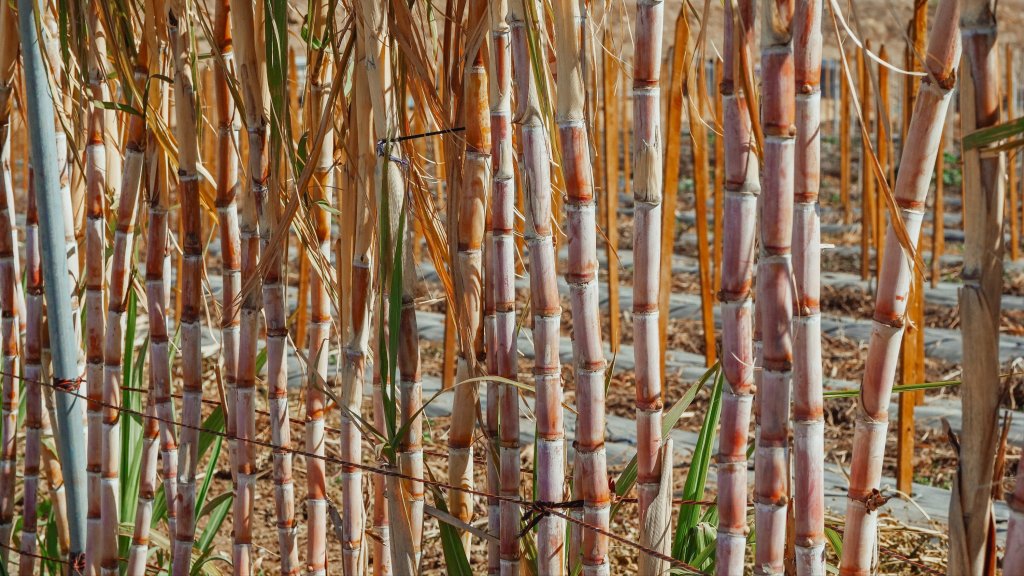Ever been inspired by a mountain of trash?
Well, I’m not being cynical here it’s just what this article is all about – turning trash to treasure.
And what better trash to use than one that has a sweet aftertaste.
Sugar is addictive.
Infact they say that it’s addictive power possibly rivals that of hard drugs (but I’m not so sure of it)
Small wonder that it’s a big deal in our everyday lives.
Sugar millers are some of the most engaged businesses around especially if we consider how much sugar we use…
In beverages, cookies, cakes, medicines etc.
The sugar we take comes mostly from sugarcane – with the remaining from sugar beets.
At the sugar mills, what happens to the sugarcane waste after it’s drained of its liquor?
Well the result is a solid waste that is heaped in mountains called bagasse
BAGASSE
For the most part, most sugar mills burn bagasse as a low cost fuel.
In some sugar exporting nations like Brazil, increased effort is applied in converting it into bioethanol
Besides these initiatives, not so many innovations have gained commercial traction.
Sugarcane bagasse is composed of mostly fibre which could be used for packaging applications.
And this is the route Ved Krishna, an Indian innovator chose when his family business was on the verge of bankruptcy.
So far, it looks promising.
KITCHENWARE
Ved Krishna runs a company that converts bagasse into plates, cups and various forms of kitchenware.
The method he uses is straightforward – the bagasse is treated by an alkaline solution to obtain a pulp.
The pulp is then mixed with a binder and then pressed on a mould to obtain the required shape.
These cutlery are sold to restaurants and hotels that package food for take away services.
Once used, these plates and cups could be tossed in a compost pile where they break up in about 9 months.
Now compare this with plastic cups that take over 500 years to break up!
Kitchenware and packaging material made from bagasse is possibly a route prospective entrepreneurs should explore especially in nations like Kenya.
PLASTIC POLLUTION
Though nations like Kenya have punitive laws against single use plastic bags, use of plastic bottles and containers is still rampant.
But what if an environmentally friendly alternative is brought into the picture – such as bagasse-based kitchenware?
Though it might be a bit more costly to produce, kitchenware from bagasse might prove sustainable over time.
It will encourage sugarcane farming and generate income from an unlikely source – waste.
It’ll spur local economies especially in sugar growing areas and encourage recycling as a model for manufacturing.
But there’s a catch.
ROLE UP YOUR SLEEVES
Our education system currently puts an emphasis on theoretical knowledge.
But for such opportunities to be converted to income, we must begin with acquiring knowledge and then rolling up our sleeves and make that knowledge work.
There always is an opportunity to convert waste to value.
The only impediment is our attitude about working with waste…
Well bagasse offers us possibilities if we choose to adopt a positive attitude towards waste.
But it’ll take more than attitude…
It’ll demand of us to roll up our sleeves.
